Throughout the year carp spend a lot of time away from the lake bed, either swimming around sunbathing, or searching out mid water sources of natural food. They will happily feast on emerging insects like Caddis and May Fly or filter feed in clouds of daphnia. These invertebrates make up a large proportion of the carp’s natural diet.
On many heavily stocked waters the fish even feed on freebies as they fall through the water! No doubt this is down to competitive feeding, but some fish will have inevitably learnt that baits eaten mid water rarely have a hook attached to them and are safe. By observing when the tell-tale bubbling and activity associated with bottom feeding carp ceases, or watching out for increased surface activity when it’s warm, we can normally tell when the main feeding period down on the lake bed has come to an end. This is the time to switch your attention over to fishing with zigs. Whether the Zig is fished with a really long hooklink so that the hook bait remains on or near the surface when the fish are up high in the water, or with a shorter link so that the bait is suspended straight up off a lead, the method can be phenomenally effective at picking off bites from fish that you simply wouldn’t catch if you kept you rods fishing conventionally down on the lake bed.
On waters that respond well to floating baits, a change from conventional floater controller tactics to long tail zigs fished amongst freebies can make a massive difference as the fish are unable to cope with the change in presentation. If the fish in your venue react positively to the sound of a spod landing in the water, it can be worth making a sloppy cloudy mix and spodding this over the zig rigs using a Pocket Rocket. The fish come into the area excited by the spod landing and the cloud of food particles suspended in the water, and will often take a mid water bait as soon as they see it! This method can lead to multiple catches and some fast and furious action.
Whatever type of venue you are targeting, your hooklink and hook need to be as small and light as possible, bearing in mind the size of fish you’re likely to encounter, and the presence of weed or snags. This is simply because the fish are normally eyeball to eyeball with the hook and hookbait, so naturally keeping everything small and neat will be advantageous. In keeping with this scaling down, smaller hook baits will also normally be more effective than large ones, so rather than sticking on a 16mm boilie it’s worth using a trimmed down pop-up boilie (trimmed as small as necessary to lift the hook and hooklink), or better still, a tiny piece of ultra buoyant Gardner Zig Rig foam. This foam is available in a wide range of colours, which is really useful as you will often find that on difficult days a change of hook bait colour can lead to a quick bite. It’s important that the hook bait is mounted tight to the hook shank on a really short hair. That way you are certain that when a fish mouths the bait, the hook will always be in the perfect position to nail the fish.


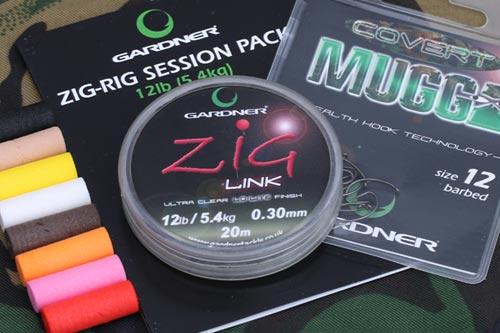
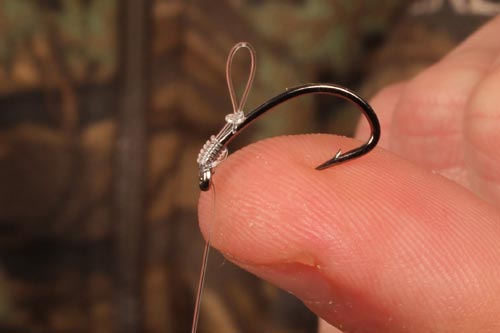

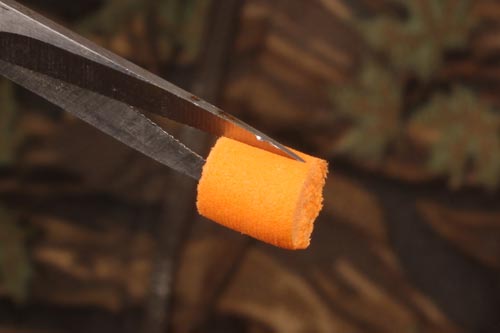
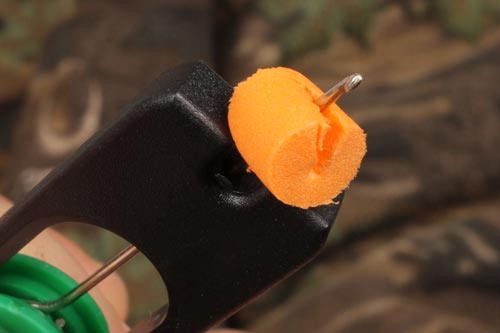
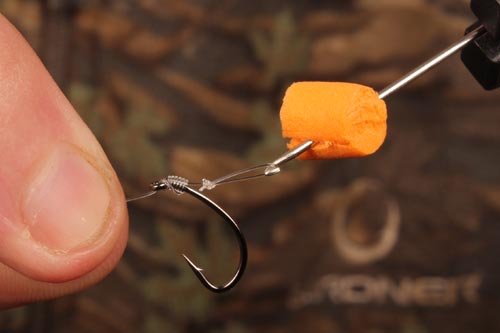
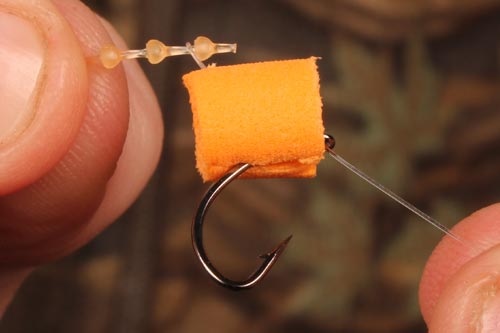
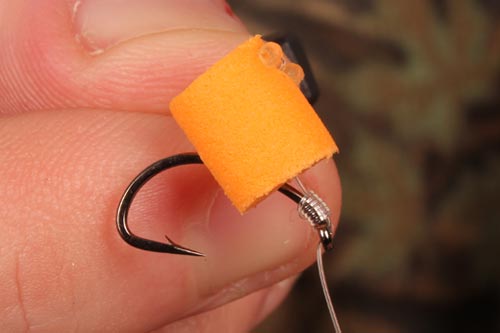
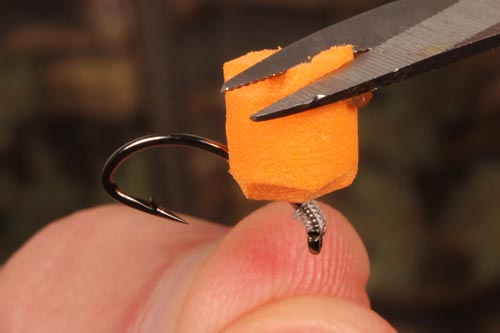

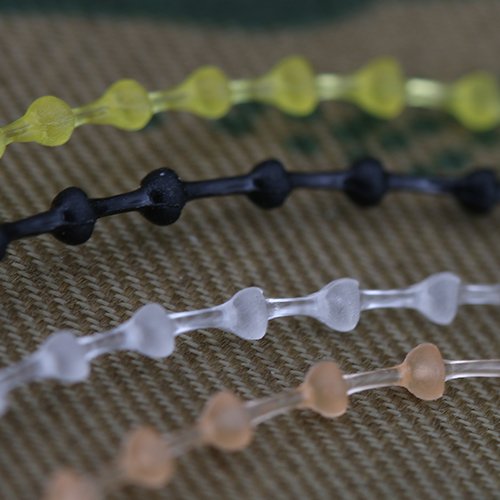
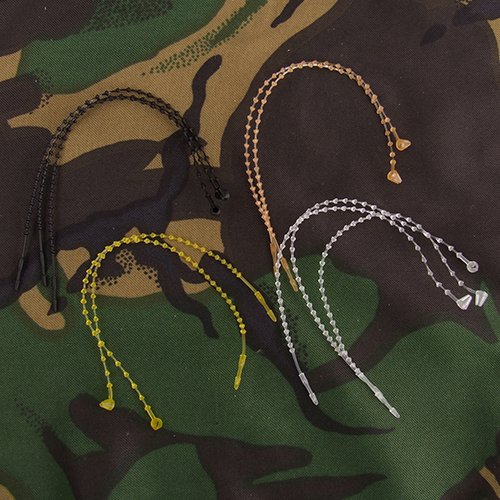
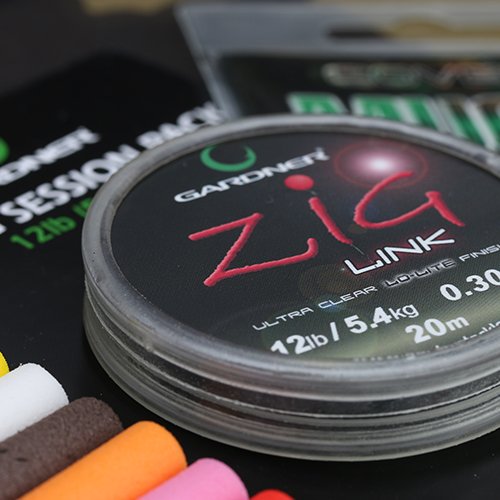
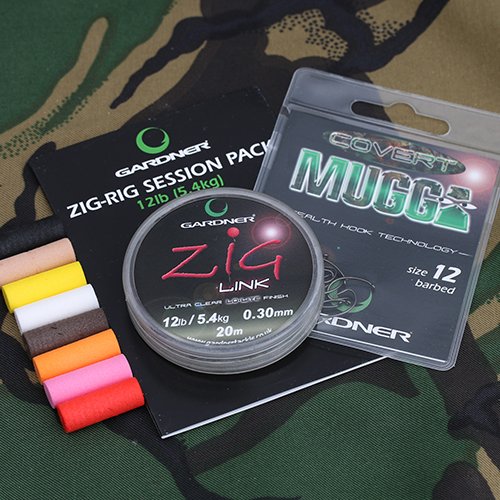
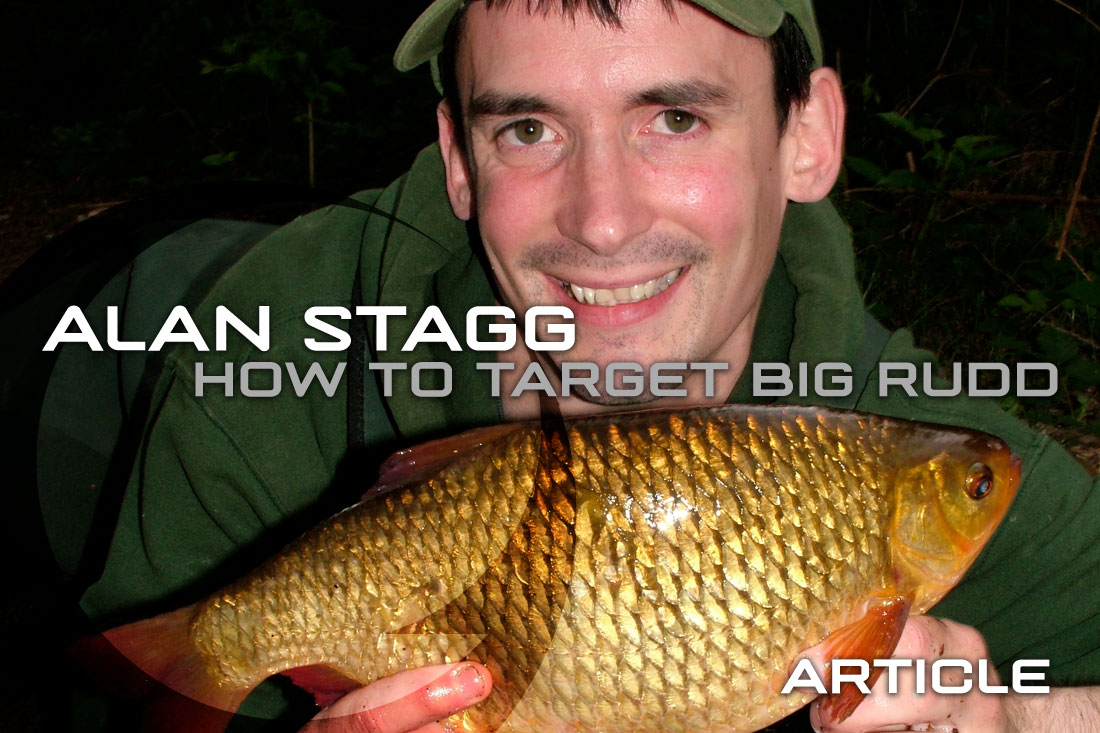
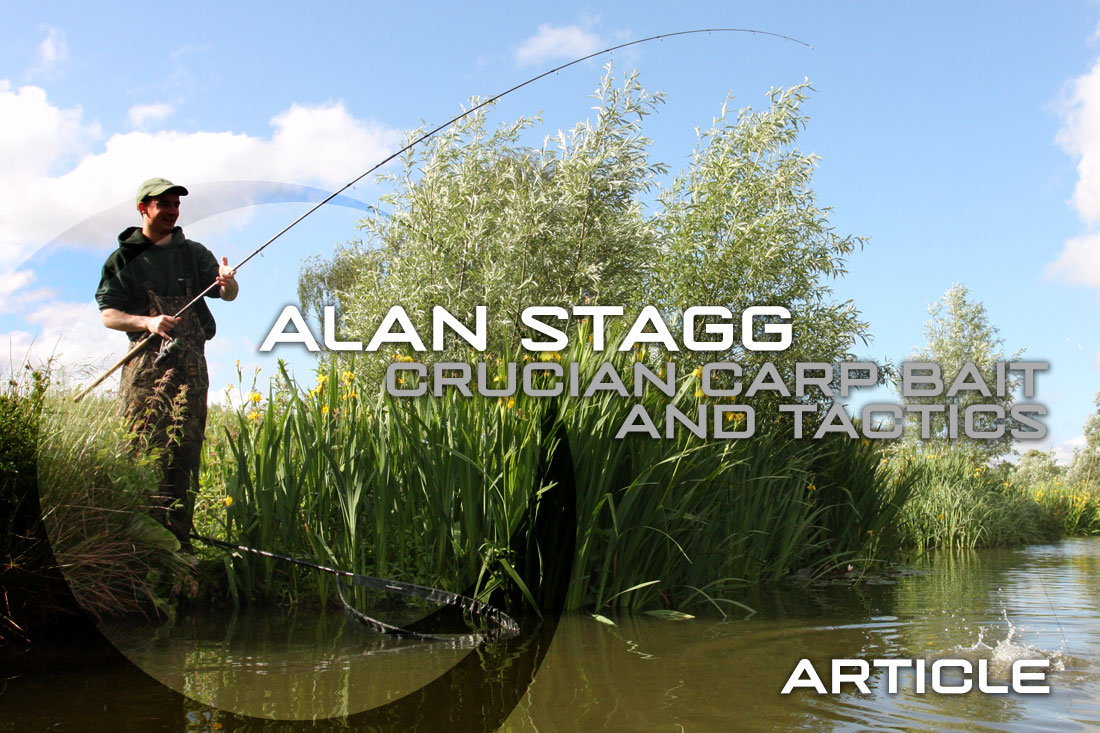

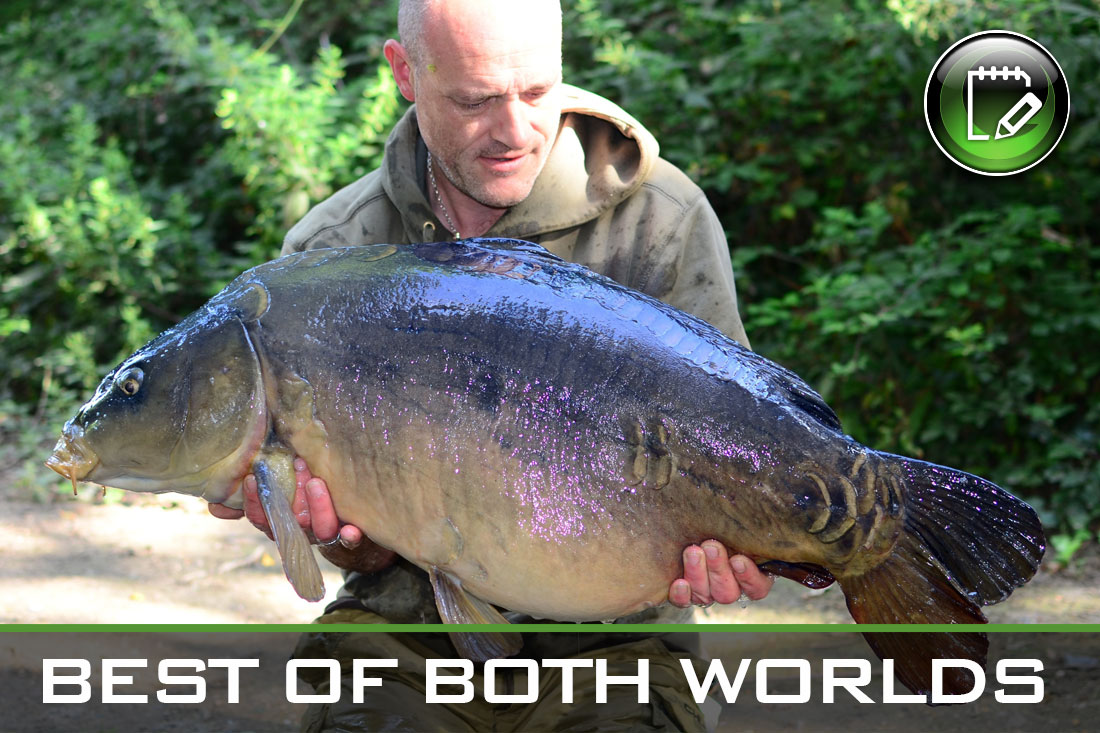
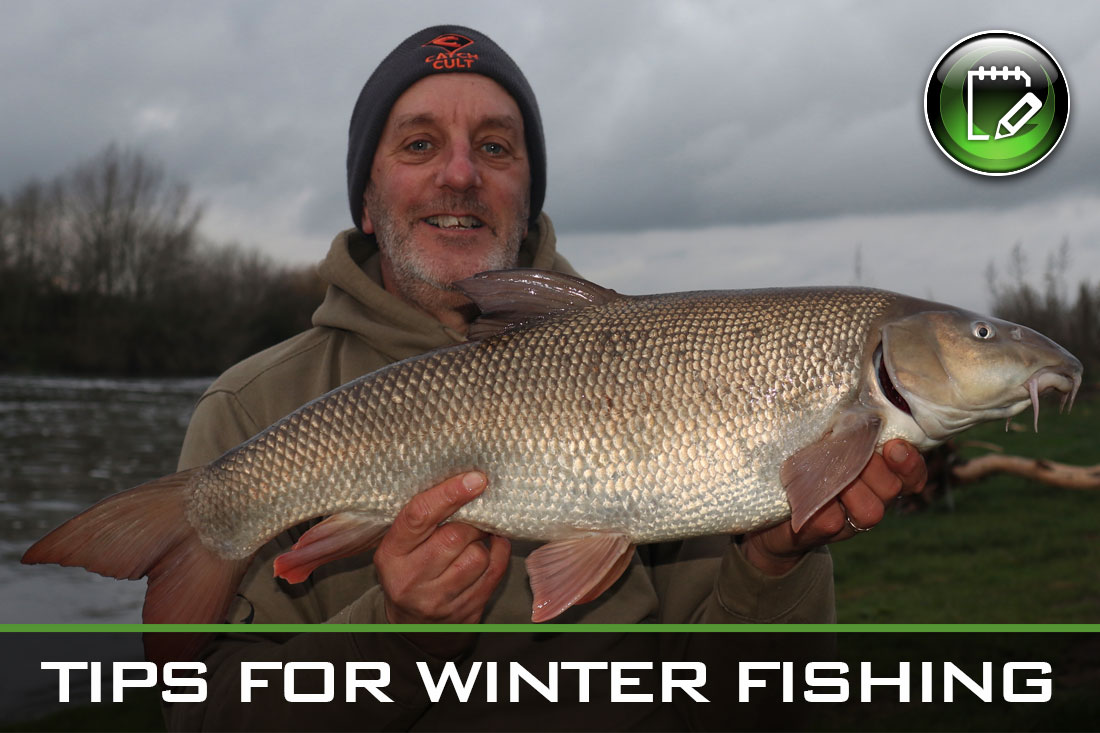
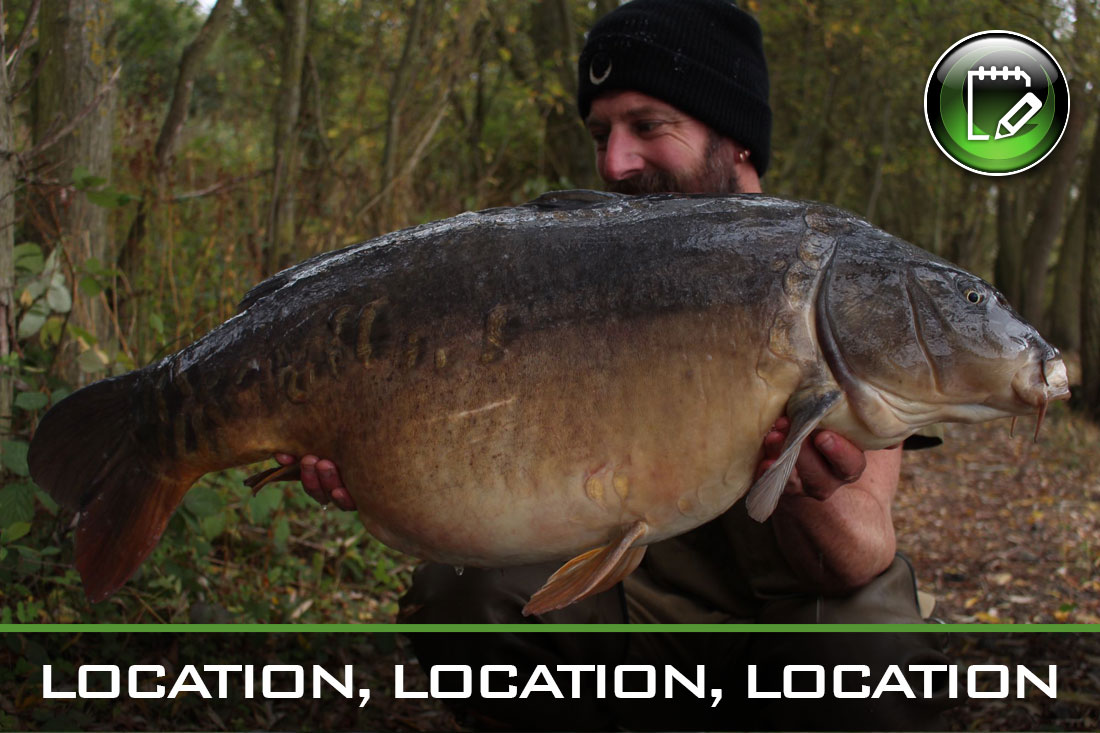
Leave A Comment
You must be logged in to post a comment.